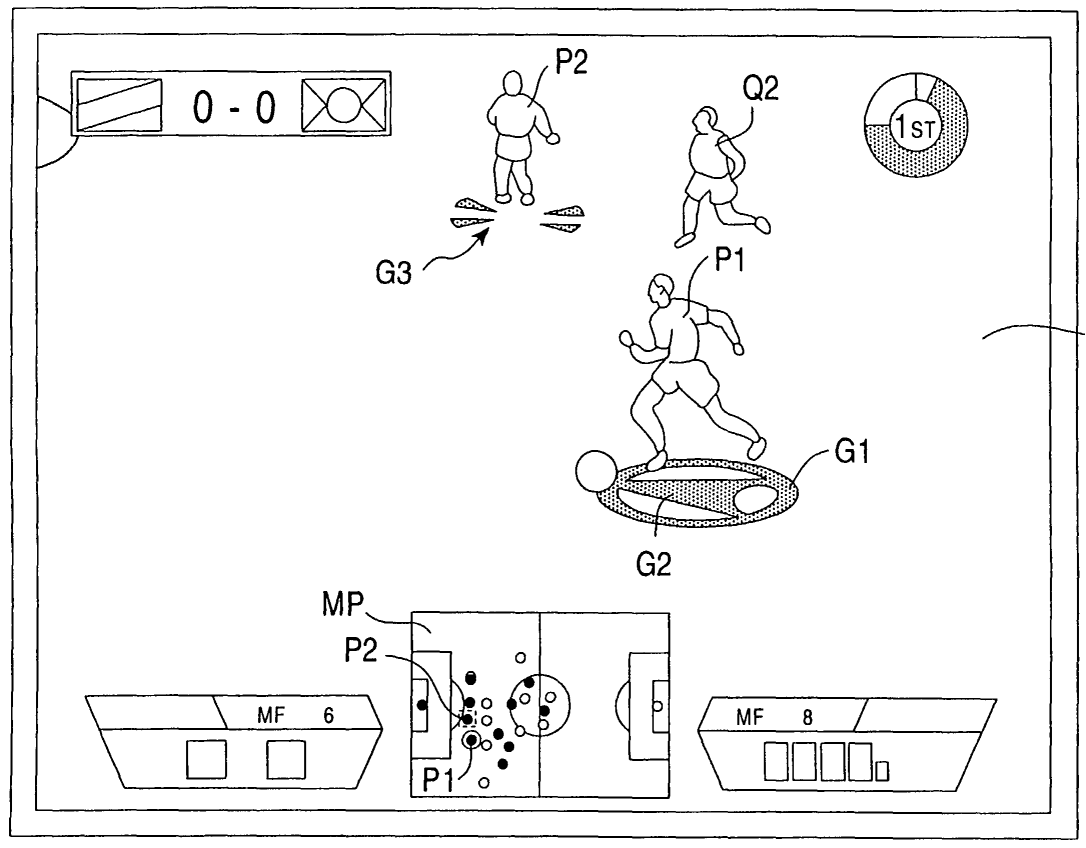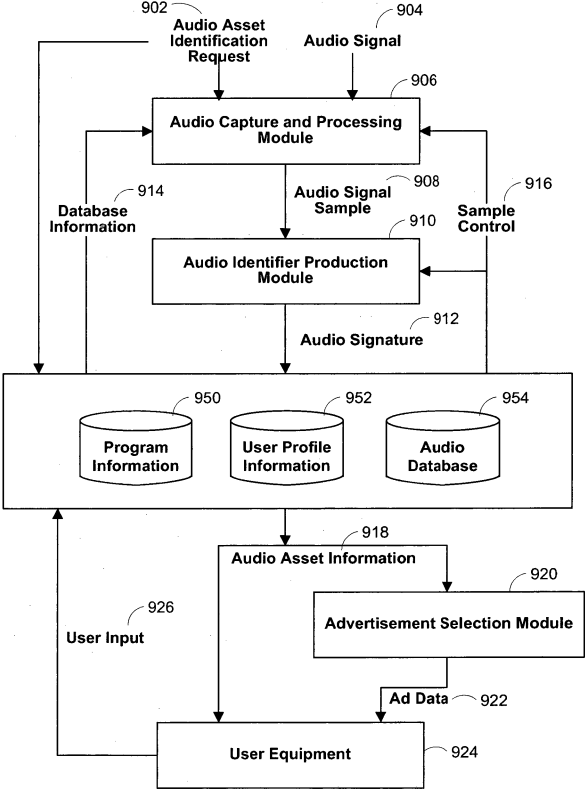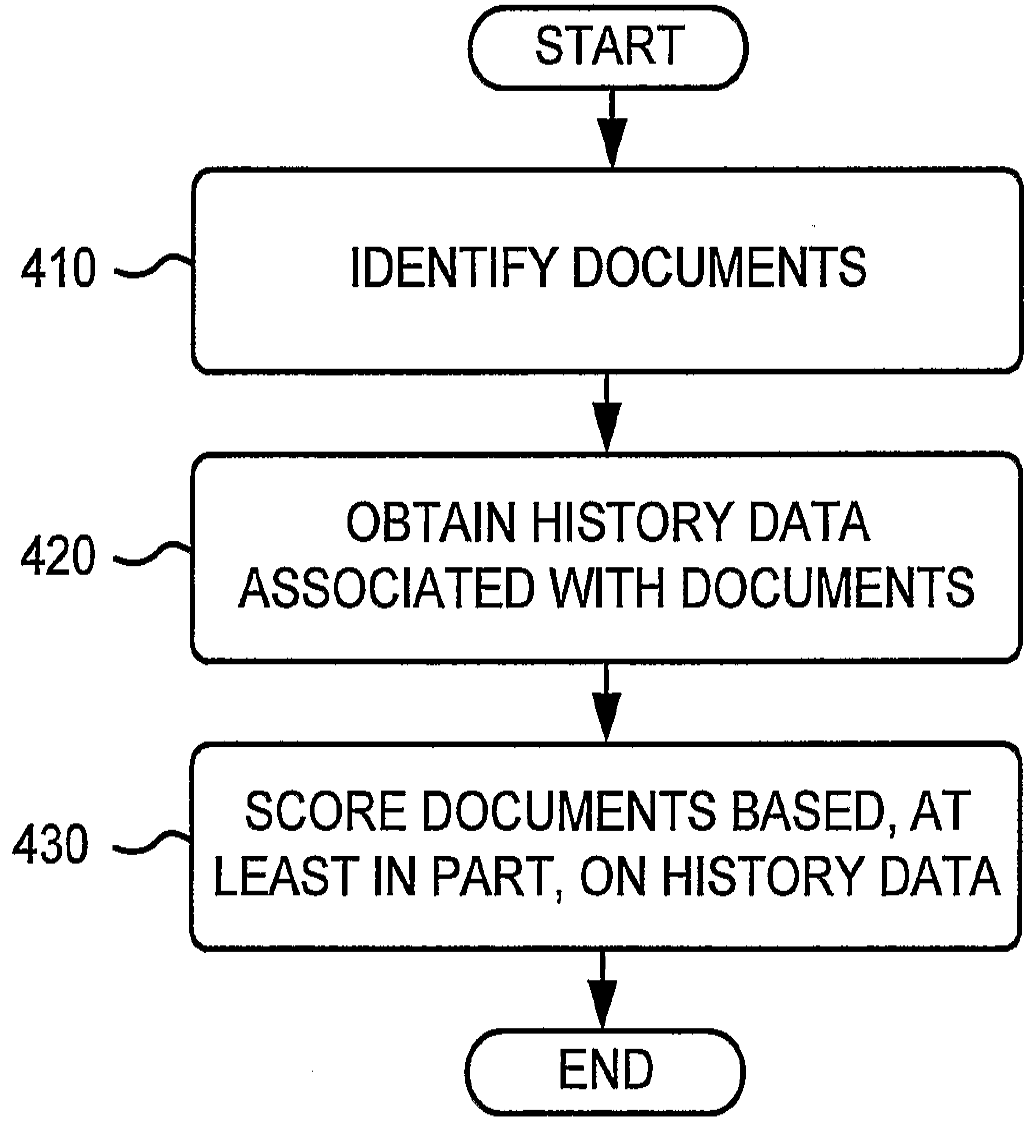The European Patent Office considered a method for determining a reference reading from a load cell of a cash till as technical and remitted the case back to the examining division. Here are the practical takeaways from the decision T 1823/15 of 19.2.2019 of Technical Board of Appeal 3.5.03:
Key takeaways
The invention
This patent application relates to reading data from a load cell of a cash till and monitoring cash till transactions. According to the applicant, it is advantageous in that it stores a reading as a verified value if that reading is within a predetermined amount of the subsequent reading, e.g. when the amount of jitter in the output of the load cell between readings is below a predetermined amount. The verified “good” reading can then be used to determine the weight on the load cell. However, a “bad” reading that is different from the subsequent reading by more than a predetermined amount, for example due to excessive jitter in the output of the load cell, will not be stored and consequently will not be used to determine the weight on the load cell.

-
Claim 1 (original main request)
Is it patentable?
According to the Board, a difference over the cited prior art resides in the algorithm or mathematical method used to arrive at the final result (or “reference value”) as claimed. However, the examining division considered this feature to be non-technical:
2.7 The Examining Division decided that this mathematical algorithm was a non-technical feature (Reasons, point 2.3.1.3), hence it based its analysis on Guidelines G-VII, 5.4, which concerns claims comprising technical and non-technical features (the reference in the contested decision to “G-VII §5.2” appears to be an error; the relevant section is G-VII, 5.4, both in the version of the Guidelines in force at the time of the decision and currently).
Applying the approach set out in this section of the Guidelines, the Examining Division decided that the claim referred to an aim to be achieved in a non-technical field, which might legitimately appear in the formulation of the problem as part of the framework of the technical problem that is to be solved, in particular as a constraint that has to be met. The Examining Division therefore formulated the problem as “adapting the predetermined rule of the reading method of D9 to another predefined rule”. The problem was therefore seen as merely implementing the claimed algorithm, and it was considered that this would be easily achievable by the skilled person (Reasons, points 2.3.1.4 and 2.3.1.5).
In contrast to the assessment of the examining division, particularly by referring to the principles established in T 1227/05, the Board came to the conclusion that the method defined by claim 1 of the main request relates to the technical purpose of weighing (and thereby counting) physical objects (notes and coins). The Board judges that this technical purpose is adequately defined:
2.12 In T 1227/05, by contrast, the claim related to a computer-implemented method for the numerical simulation of an electrical circuit which is subject to 1/f noise. In this case, the Board found that:
“simulation of a circuit subject to 1/f noise constitutes an adequately defined technical purpose for a computer-implemented method, provided that the method is functionally limited to that technical purpose.” (Reasons, point 3.1; all quotations are from the English translation of T 1227/05 appearing in OJ, 2007, 574.)
Since the claims were found to be adequately functionally limited in this sense, the Board concluded as follows:
“all steps relevant to circuit simulation – and that includes the mathematically expressed claim features – contribute to the technical character of the simulation method according to claim 1 or 2.” (Reasons, point 3.2.4.)
Hence, in assessing whether the claimed simulation methods involved an inventive step, all features which contributed to the technical character of the method were to be taken into account, including the mathematically defined steps (Reasons, point 4).
2.13 The method defined by claim 1 relates to the technical purpose of weighing (and thereby counting) physical objects (notes and coins), and Board judges that this technical purpose is adequately defined (in the sense referred to in T 1227/05) in claim 1 as “determining a reference reading from a load cell (6) of a cash till”, the “reference reading” being the value derived by the defined method from a successive series of readings from the load cell.
2.14 Since the claimed algorithm serves a technical purpose, it must be regarded as a technical feature, and the claimed subject-matter therefore comprises technical features only, and not a mixture of technical and non-technical features. The approach adopted by the Examining Division is therefore inapplicable.
Since the question whether the claimed subject-matter including the features expressed algorithmically is obvious to the skilled person in light of the cited prior has not been addressed by the Examining Division, and to allow the appellant the possibility – if necessary – to have this matter examined before two instances, the Board considers it appropriate to exercise its discretion under Article 111(1) EPC to remit the case to the department of first instance for further prosecution.
More information
You can read the whole decision here: T 1823/15 of February 19, 2019

Patrick is a European patent attorney at BARDEHLE PAGENBERG. He specializes in software patents in Europe both from a prosecution and litigation point of view.









